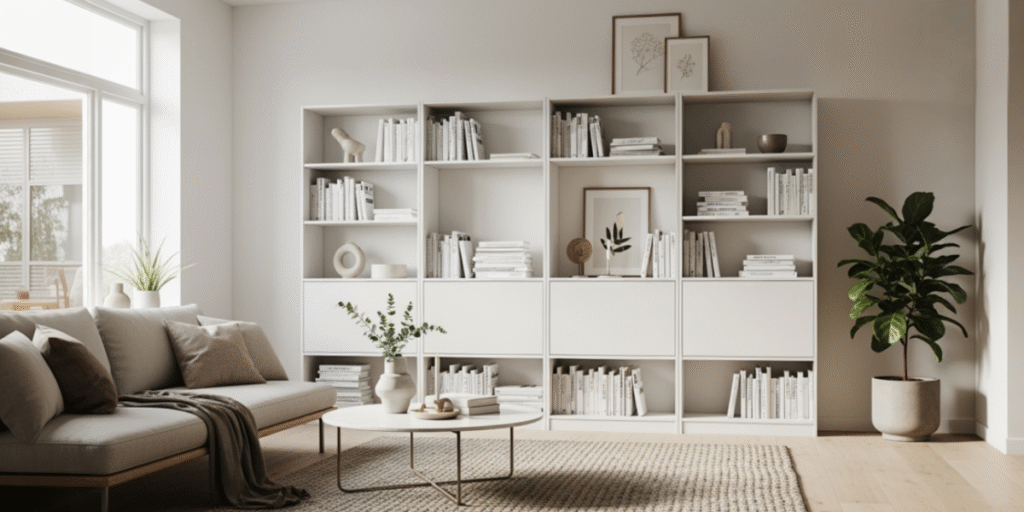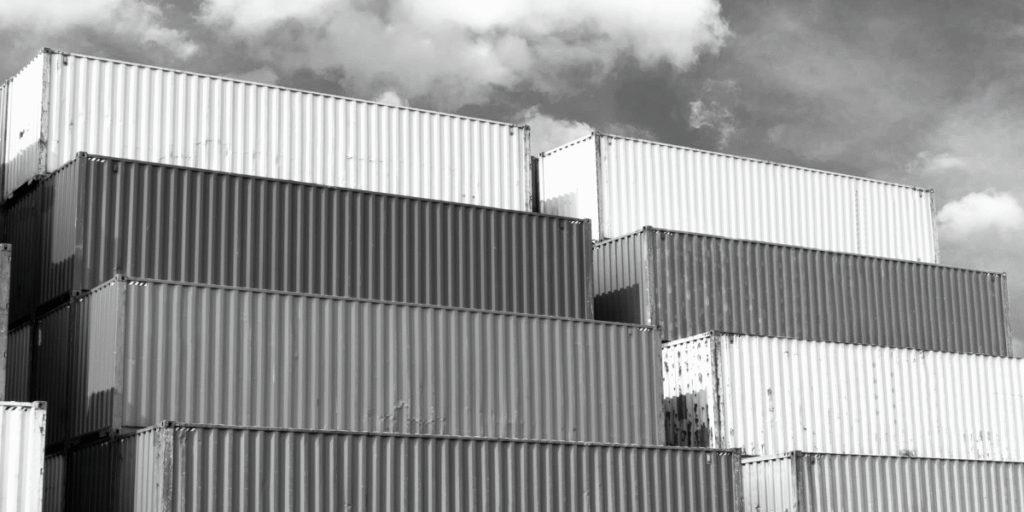Modular design is a quiet revolution. A single unit can grow, connect and adapt into something larger. From playful LEGO bricks to the visionary Habitat 67, modular thinking has shaped childhood, trade, homes and cities, showing how simple forms open endless paths for living.

1 LEGO
LEGO turned play into a lesson in design. With simple bricks, perfectly measured to connect and reconnect, it opened a world of building without limits. Each piece belonged to a system, yet carried the promise of endless variation.
For generations, those colorful blocks were more than toys. They were a first encounter with modular thinking, teaching how small elements, when combined, can become structures of imagination and joy.

2 IKEA
Flat packs and clever joints brought modularity into the home. IKEA turned furniture into a system that could travel easily, be assembled by anyone, and adapt as needs changed. Shelves could grow, tables could extend, and pieces could shift from one apartment to the next.
It was more than convenience. By standardizing parts and designs, IKEA made modern living accessible to millions. Modular thinking became part of everyday life, shaping interiors with a language that was simple, practical and familiar.

3 Useful Waste Containers (EKOS)
In the 1970s, Saša Mächtig brought modularity to public space with large fiberglass containers for separating paper, glass and other waste. Known as EKOS, they were built from repeatable segments that were durable, easy to produce and simple to maintain.
Placed in parks and squares, the containers added rhythm to the city while quietly introducing the idea of recycling to everyday life. Their bright colors and clear proportions made them easy to spot, turning a routine act of disposal into part of the shared urban landscape.
Read more about Mächtig’s urban designs in our full article on Saša Mächtig modular projects.

4 ISO Container
A steel box with fixed dimensions reshaped the world. The ISO container, introduced in the mid-20th century, standardized how goods move across ships, trains and trucks. Its modular form made transport faster, safer and more efficient, creating a global system built on repetition.
Stacked in ports or carried across oceans, the container is both ordinary and extraordinary. It is a simple unit, yet it holds together the invisible networks of global trade. Beyond shipping, containers have been adapted as housing, offices and temporary structures, proving that even the most industrial objects can find new life through modular design.

5 Habitat 67
At Expo 67 in Montréal, architect Moshe Safdie unveiled Habitat 67, a radical experiment in modular housing. Prefabricated concrete units were stacked in shifting patterns, combining the density of an apartment block with the openness of individual homes. Each unit had its own terrace, creating variety within repetition.
More than a building, Habitat 67 became an icon of architectural imagination. It showed how modular systems could balance efficiency with human scale, turning concrete blocks into a community. The project still stands today, a reminder that modular design can transform not only how we build but also how we live together.
